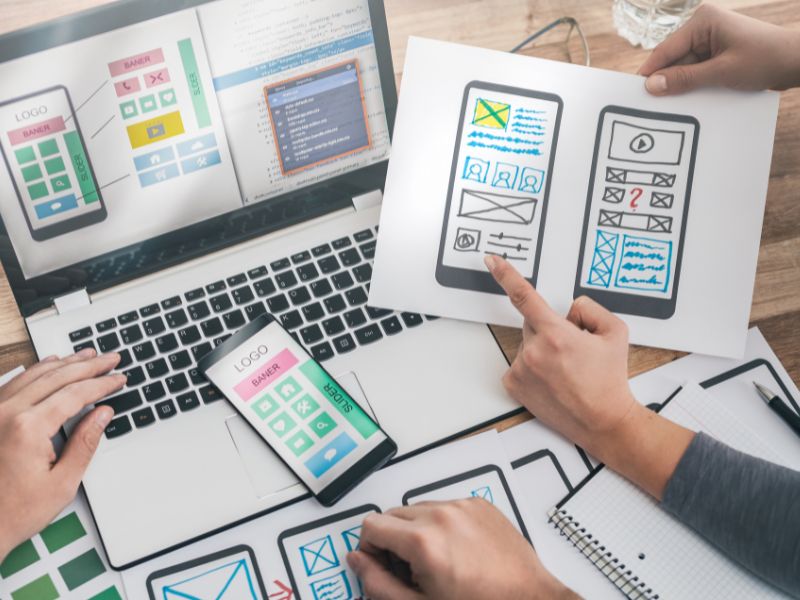
Mobile app development has become a vibrant world where ideas flourish, and innovation takes center stage. Whether you’re a seasoned developer or a newcomer to the field, having the right tools can make all the difference in bringing your app ideas to life. Here are three different types of tools for mobile app developers that will simplify the development process and enable you to create captivating apps.
Integrated Development Environment (IDE) Tools
An Integrated Development Environment, or IDE, is a software tool that provides a convenient platform for developers to build mobile apps. Think of it as a digital workshop equipped with all the necessary tools and resources. IDEs like Android Studio and Xcode simplify the coding process, offering features like code suggestions, auto-completion, and debugging capabilities. These user-friendly tools make app development accessible to all, helping developers write clean, efficient code even if they’re not experts in programming.
User Interface (UI) Design Tools
Creating a visually appealing and intuitive user interface is essential for any successful mobile app. UI design tools like Sketch, Adobe XD, and Figma are like virtual canvases that allow developers to bring their design ideas to life. These tools provide drag-and-drop interfaces, pre-designed elements, and collaboration features. Even if you don’t have a background in design, these tools make it easy to create stunning interfaces, ensuring that your app captures the attention of users and provides a delightful experience.
Testing and Debugging Tools
Ensuring your app works seamlessly across various devices and platforms is crucial. Testing and debugging tools such as Appium, XCTest, and Espresso come to the rescue. They help developers identify and fix bugs, optimize performance, and ensure the app functions flawlessly. With these tools, you can run automated tests and check how your app performs on different devices, making it accessible and enjoyable for a wide range of users.
Mobile app development doesn’t have to be intimidating, even for those who are not tech enthusiasts. By utilizing the three essential tools mentioned in this blog developers can simplify their workflow and unlock their creative potential